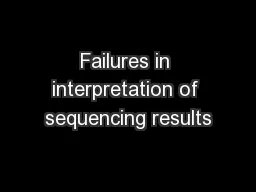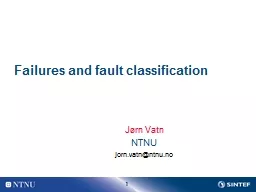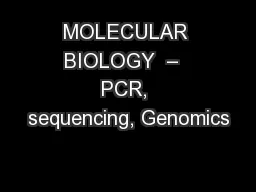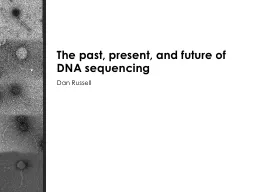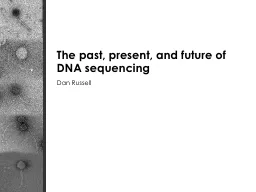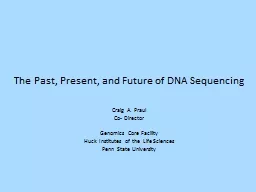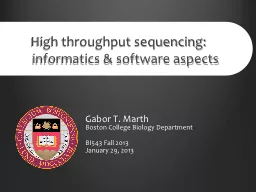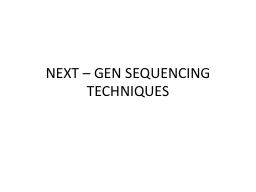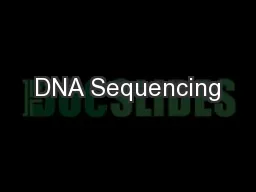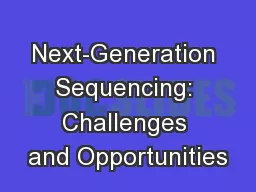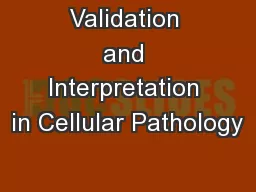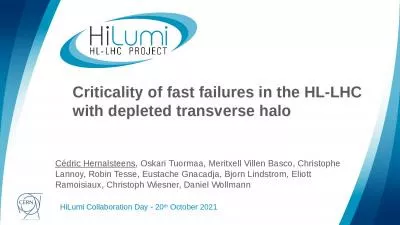PPT-Failures in interpretation of sequencing results
Author : danika-pritchard | Published Date : 2017-04-28
v10 Laura Biggins Interpretation Library Contamination Biological Interpretation Technical Tracking Interpreting results QC and visualisation still important Easy
Presentation Embed Code
Download Presentation
Download Presentation The PPT/PDF document "Failures in interpretation of sequencing..." is the property of its rightful owner. Permission is granted to download and print the materials on this website for personal, non-commercial use only, and to display it on your personal computer provided you do not modify the materials and that you retain all copyright notices contained in the materials. By downloading content from our website, you accept the terms of this agreement.
Failures in interpretation of sequencing results: Transcript
Download Rules Of Document
"Failures in interpretation of sequencing results"The content belongs to its owner. You may download and print it for personal use, without modification, and keep all copyright notices. By downloading, you agree to these terms.
Related Documents

